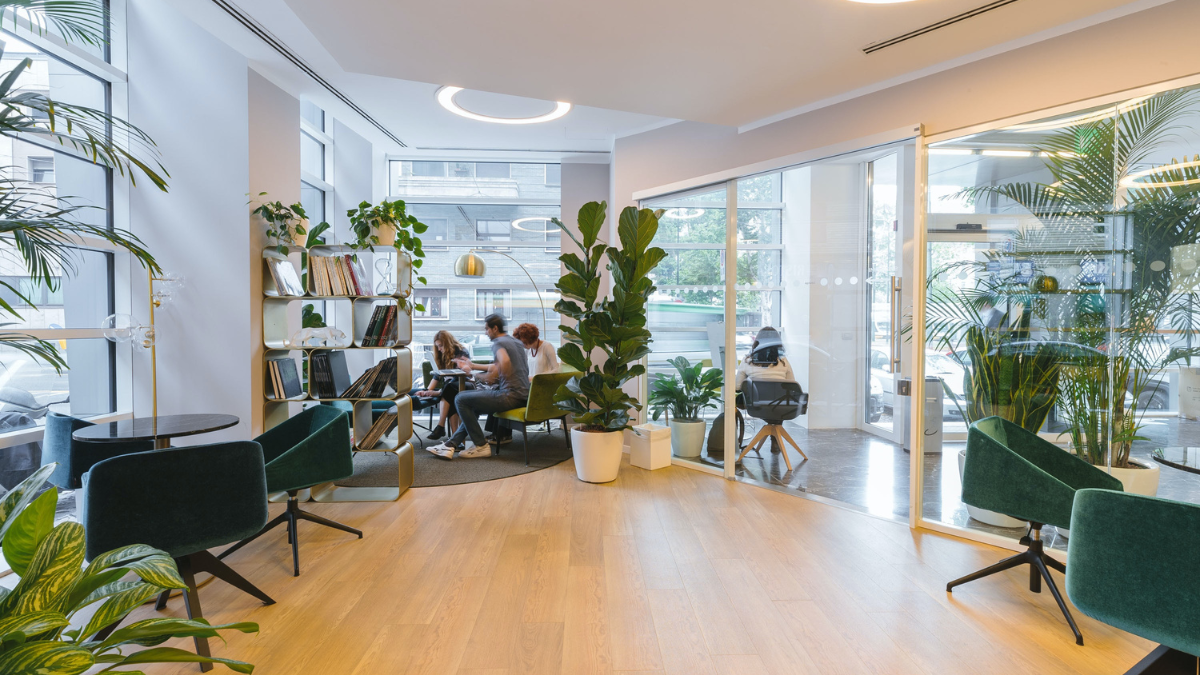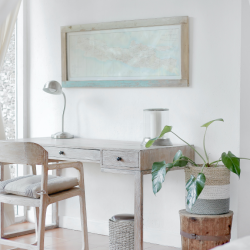Today we find ourselves caught up in a whirlwind of work and a constant stream of responsibilities
Achieving a work-life balance feels more challenging than ever before. But how do we define and attain this elusive balance in our current reality? For me, balance is about achieving that level of equilibrium between the demands of work and the other aspects of our life, such as time with family/friends, working on side-hustles, enjoying our hobbies, and personal growth. We strive to find this perfect balance and hope to be able to draw the line between work and life. However, is the perfect balance ever possible? One thing the pandemic taught us all was that boundaries between work and personal life easily become blurred, and wellbeing is critically important to success. Instead of work-life balance, it is a blend. We aren’t striving to separate different aspects of our life, but instead looking for ways to blend them to gain fulfilment and ultimately achieve happiness.
Companies have made significant progress in recent years to help employees to manage this blend and there is a recognition that wellbeing is not a ‘one size fits all’ approach. Just like the employee experience, it needs to be personalised. Offering support and benefits that employees feel are individualised and tailored specifically to them.
However, one topic that still feels like a dilemma, which can affect an employee wellbeing and equilibrium… is returning to the office
The initial phase of remote work allowed for such flexibility, but now companies are ready to get stricter about the return to in-person work. Notably, even Zoom, the hero of remote work, has controversially requested employees living within 50 miles of one of its offices to come in two days a week. Following a recent study of 13,382 global workers by consulting firm McKinsey & Company, 40% said workplace flexibility was a top motivator in whether they stayed in a role. It’s clear that companies should prioritise flexibility to improve employee retention.
It is so important companies get their in-office approach right for their business, to achieve this equilibrium as well as drive business performance. It would be very easy to fall back into our old ways and forget the key learnings we took from the pandemic, one being that office culture was not always productive or truly inclusive. Many working parents or people from historically excluded communities did not always have the same access to opportunities, and experienced added stress navigating the dynamics of homogenous, one-size-fits all- workplace cultures. Flexibility has enabled a step towards more equitable access and wellbeing, as well as increased productivity for many. It is key to understand what works for your business now may be different and the needs of your employees directly impact productivity. What works for Google or Zoom, may not work for your workforce. Define your ‘why’ for the office, as well as how to optimize high-performance across a diverse workforce.
The shift to an ‘organised’ hybrid approach, where we see a recommendation for a few days in the office and the others optional, could be a good solution
… or the balance that many want and seek. This more organised approach to hybrid may help employees with finding that blend and optimise their performance when in the office.
As leaders, shifting our thinking from ‘RTO’ to OTO (optimise the office) may help us navigate this transition. What is the office for? What tasks/responsibilities are best for in-person collaboration and human connection (in office) and what require focus and attention and individual work (remote). We are continually reassessing how we use our space, listening to our employees and we continue to build in more collaboration areas. We are a creative agency, and we do not want our space to just be full of people at desks, taking calls — we can do that at home.
Discovering balance requires recognising that the wellbeing of employees has a direct influence on their productivity, job satisfaction, and overall success. Creating a flexible and inclusive work environment that values both the professional and personal aspects of our lives, contributes to overall engagement and long-term success. It’s a continuous journey that requires a collaborative effort from employers, employees, and the organisation as a whole.
Featured image: Copernico / Unsplash
































